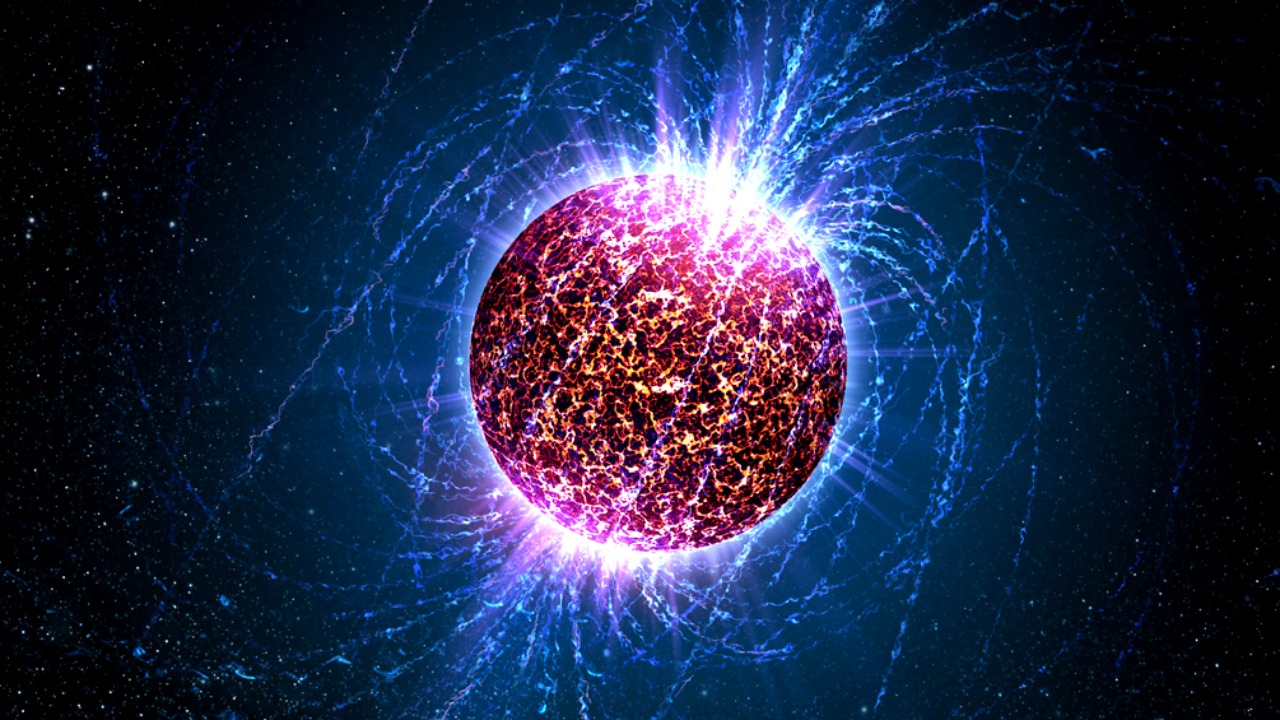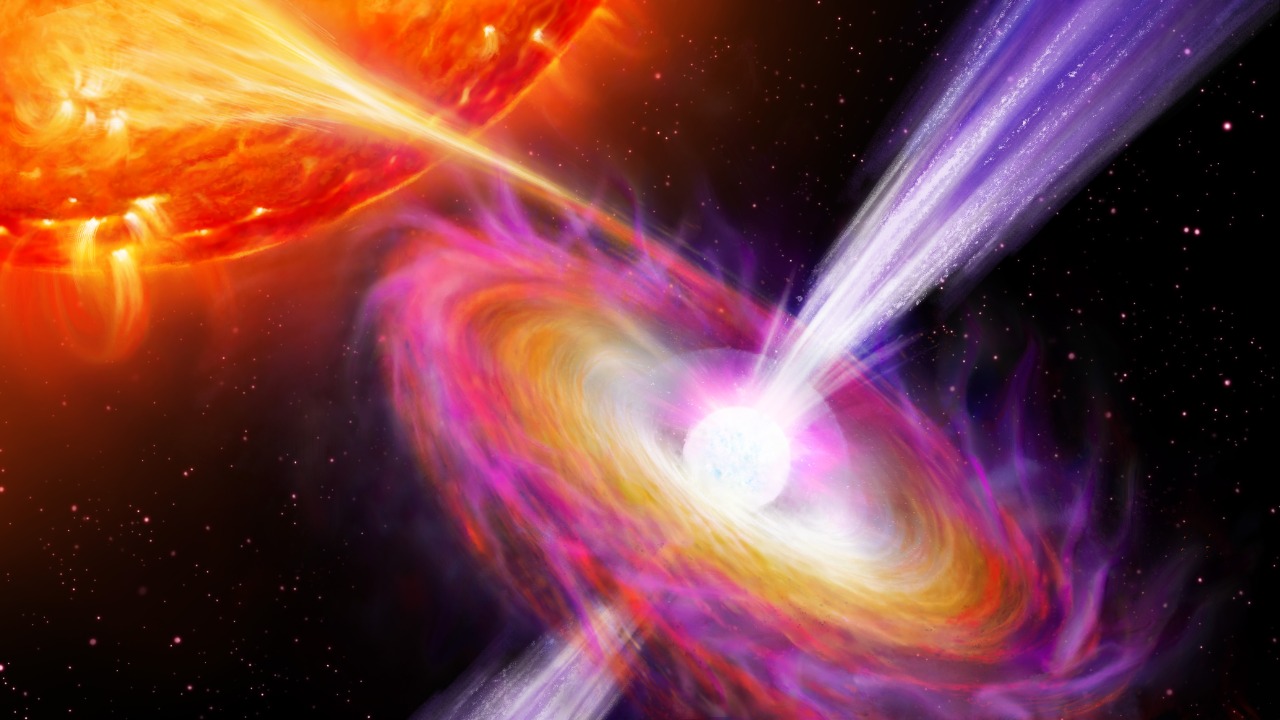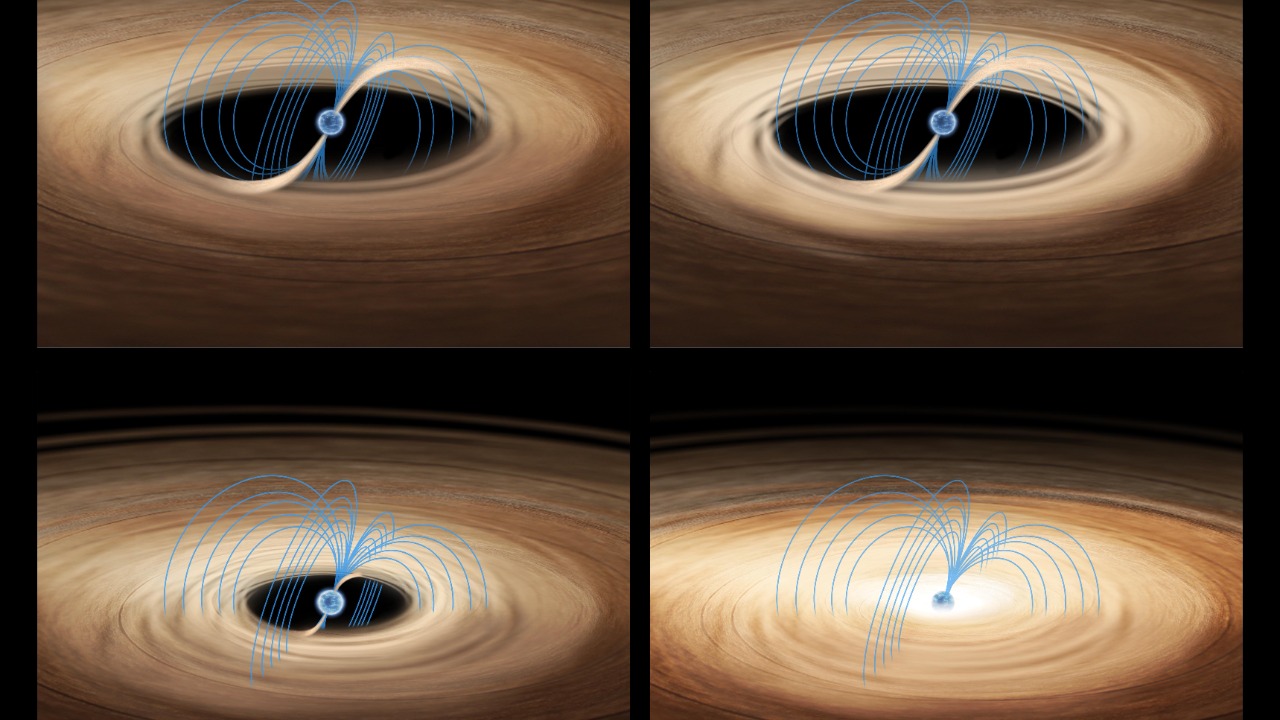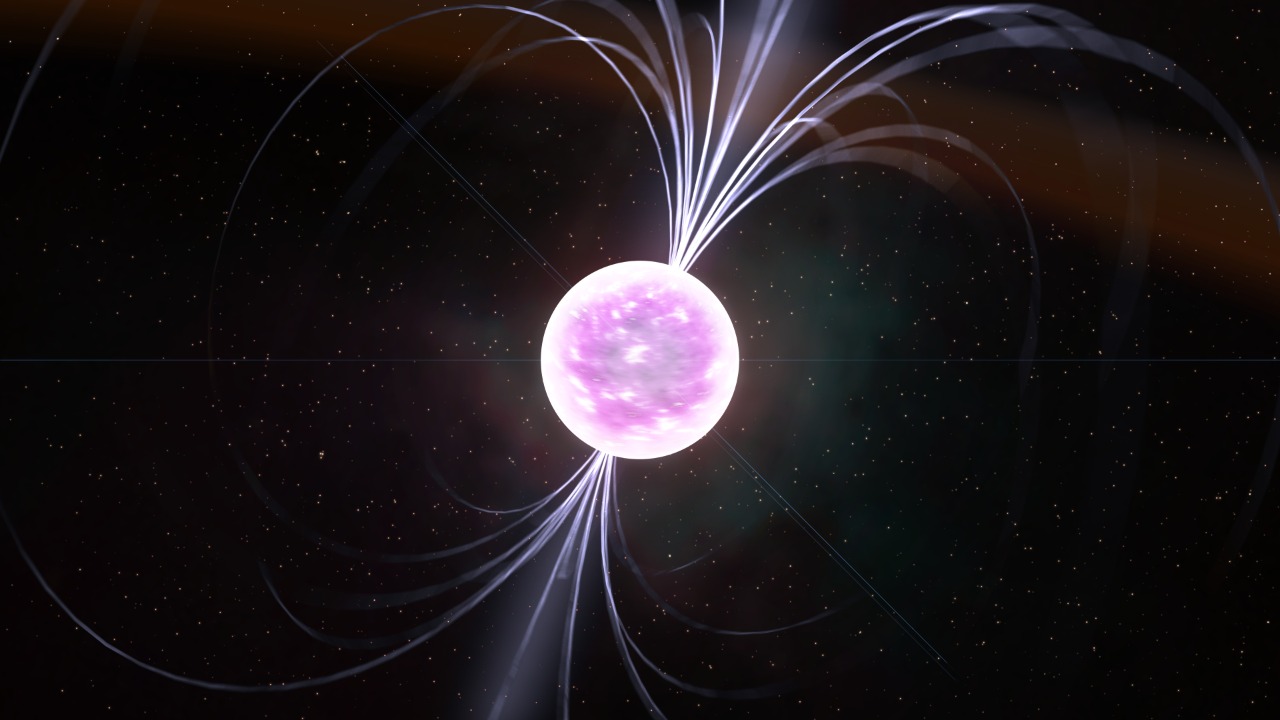
Neutron stars, the remnants of massive stars after a supernova, are among the densest and most fascinating objects in the universe. Recent discoveries have indicated that some neutron stars are spinning at speeds that defy previous scientific expectations. Investigating the reasons behind their rapid rotation deepens our understanding of stellar physics and informs theories about their evolution.
Formation and Evolution of Neutron Stars

Core Collapse and Supernova Explosion
The formation of a neutron star begins with the collapse of a massive star’s core. In its final life stages, a star depletes its nuclear fuel, causing the core to collapse under the force of gravity. This collapse triggers a supernova explosion, expelling the outer layers of the star into space while leaving behind a dense core. The conservation of angular momentum plays a crucial role here. As the core contracts, it spins faster, much like a figure skater pulling in their arms during a spin. This physical law ensures that the newly formed neutron star rotates rapidly, with speeds reaching hundreds of times per second.
Initial Spin Rates
Shortly after their formation, neutron stars exhibit a range of initial spin rates. These can vary significantly depending on several factors, including the mass and angular momentum of the progenitor star. Typically, newly formed neutron stars can have spin rates ranging from a few times per second to several hundred times per second. Factors such as the initial mass of the star and the mechanics of the supernova explosion contribute to this variability. Additionally, the star’s magnetic field can influence the initial spin rate, with stronger magnetic fields potentially slowing down the rotation due to electromagnetic radiation emission.
Factors Influencing Spin Acceleration

Accretion of Material
Neutron stars can significantly increase their spin rates through the accretion of material. In binary systems, a neutron star may have a companion star from which it can draw matter. As material from the companion spirals onto the neutron star, it transfers angular momentum, causing the neutron star to spin faster. Observational evidence supports this mechanism; for example, millisecond pulsars are believed to be neutron stars that have been spun up through accretion. These pulsars showcase rapid rotation rates, often exceeding hundreds of rotations per second, affirming the role of accretion in spin acceleration.
Magnetic Field Dynamics
The magnetic fields of neutron stars are among the strongest in the universe, and they play a pivotal role in the star’s spin dynamics. A strong magnetic field can interact with the surrounding plasma, affecting the star’s rotation. Over time, magnetic field decay can alter the spin rates. As the field weakens, the mechanisms that slow down the star’s rotation diminish, allowing for a potential increase in rotation speed. However, this process is complex and continues to be a subject of active research, as scientists seek to understand how magnetic field evolution influences neutron star behavior.
Recent Discoveries and Observations

Record-Breaking Spin Rates
Recent observations have uncovered neutron stars exhibiting unusually high spin rates, challenging existing models. For instance, the discovery of PSR J1748-2446ad, a pulsar spinning at 716 times per second, has fascinated astronomers. Such findings push the boundaries of our understanding and prompt questions about the physical limits of neutron star rotation. These rapid spins suggest that there might be other, yet unidentified, factors at play in the acceleration of neutron star rotation.
Challenges to Existing Theories
The existence of these fast-spinning neutron stars presents challenges to current theoretical models of stellar physics. Traditional models might not fully account for the mechanisms allowing for such extreme spin rates. As a result, scientists are re-evaluating and adapting these theories to incorporate new data. Ongoing research efforts are focused on understanding how these anomalies fit within the broader framework of neutron star physics. This includes exploring potential unknowns in the star’s internal structure or interactions with surrounding matter.
Implications for Astrophysics

Impact on Gravitational Wave Research
Fast-spinning neutron stars are prime candidates for gravitational wave detection. Their rapid rotations and dense nature make them ideal sources of gravitational radiation, which can be detected by observatories like LIGO and Virgo. Studying these neutron stars provides insights into the fundamental nature of gravity and the behavior of matter under extreme conditions. The detection of gravitational waves from these objects not only confirms theoretical predictions but also opens new avenues for exploring the universe’s most energetic events.
Broader Astrophysical Context
The study of spinning neutron stars extends beyond individual objects, offering a window into the broader context of astrophysics and stellar evolution. These stars serve as natural laboratories for understanding the state of matter at nuclear densities, an area where laboratory experiments on Earth fall short. Neutron stars contribute to our understanding of the cosmic ecosystem, playing a role in the recycling of stellar material and influencing the dynamics of galaxies. By unraveling the mysteries of their rapid spin, we gain a deeper appreciation for the interconnectedness of cosmic phenomena.
Through ongoing research and observation, we continue to uncover the complexities of neutron stars and their rapid rotation. These discoveries challenge current understanding and inspire new theories, driving the advancement of astrophysical knowledge and shedding light on the universe’s most enigmatic objects.